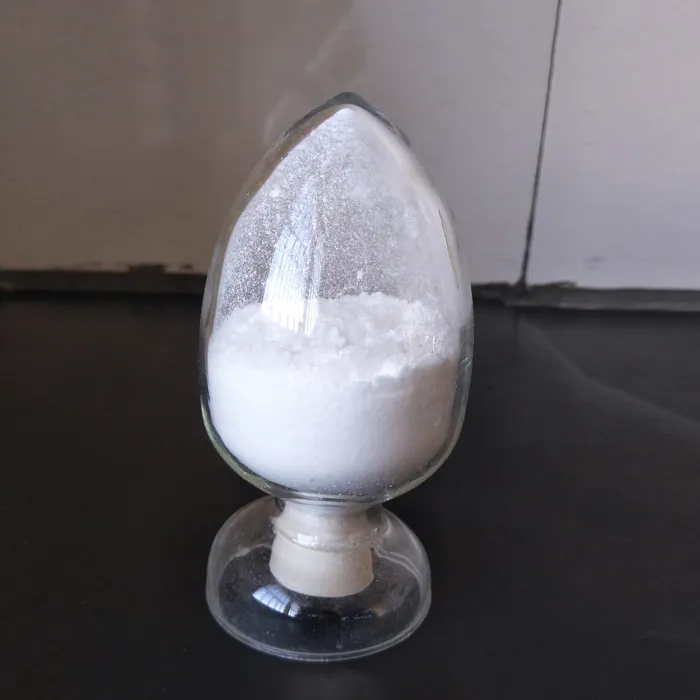Understanding the Acrylamide Polymerization Reaction
Acrylamide polymerization is a significant chemical reaction that leads to the formation of polyacrylamide, a polymer widely used in various industries. This process involves the reaction of acrylamide monomers, which contain a vinyl group, under specific conditions to create long-chain macromolecules. This article provides an overview of the acrylamide polymerization reaction, its mechanisms, applications, and potential environmental implications.
The acrylamide polymerization process typically occurs through either anionic or free radical mechanisms. In free radical polymerization, the reaction is initiated by free radicals that can be generated through various means, such as thermal decomposition or chemical initiators like ammonium persulfate. The process involves three main stages initiation, propagation, and termination. During initiation, free radicals react with acrylamide monomers to form active centers that can further react with other monomers. Propagation follows, where the active polymer chains grow as additional monomers are added. The reaction concludes with termination, where the growing polymer chains either combine or react with another species, effectively halting their growth.
Polyacrylamide has garnered attention due to its versatile properties, making it valuable in several fields. One of its most notable applications is in water treatment, where it acts as a flocculant to separate particles and purify drinking water. Additionally, polyacrylamide is extensively used in the pharmaceutical and biomedical sectors, serving as a medium in drug delivery systems and tissue engineering. Its properties of high solubility in water and non-toxicity further enhance its attractiveness in these applications.
acrylamide polymerization reaction

Despite its utility, the polymerization of acrylamide presents certain risks, particularly regarding its byproducts. Acrylamide itself is considered a potential neurotoxin and carcinogen. During the polymerization process, there is a possibility of residual acrylamide monomer remaining in the final product, raising concerns over safety and regulatory compliance. Therefore, controlling the polymerization conditions and ensuring a complete reaction are critical components of the production process. Ongoing research is focused on minimizing residual acrylamide levels and addressing the environmental concerns related to its use.
Furthermore, the synthesis of polyacrylamide has led to innovations in materials science. Researchers are investigating biodegradable options and developing modified acrylamide polymers that can reduce environmental impact while maintaining performance. These advancements aim to enhance the sustainability of manufacturing processes and products derived from acrylamide.
In conclusion, the acrylamide polymerization reaction is a crucial process with multifaceted applications in various industries, notably in water treatment and healthcare. While its advantages are significant, addressing the potential health risks associated with acrylamide is essential. Continued research into safer, biodegradable alternatives can pave the way for sustainable practices in polymer production, ensuring that the benefits of polyacrylamide can be enjoyed without compromising the safety of humans and the environment.

